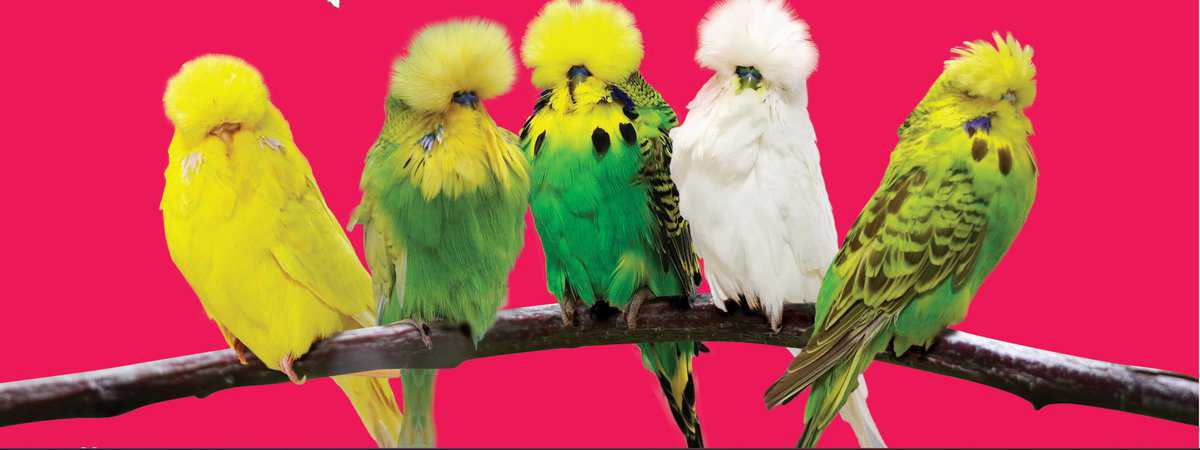Welcome to the Budgerigar Council of South Australia’s guide to pet budgies also known as budgerigars or parakeets. Pet owners all over the globe are fascinated by these tiny, playful birds. Budgies are beloved companions, ranking just behind cats and dogs. They are smart and lovable.
Before bringing this cute charmer into your home, it’s essential to understand their requirements and temperament. This guide will give you all the necessary information for living a happily and in good health for both you and your pet.

A Social Butterfly in tiny form
Budgies are social creatures who thrive in a group. In the wild, they are in large groups, always talking to each other and interacted with. Although one bird can develop an intimate bond with its human owner if it is given a lot of attention and care, they’d prefer to have an animal companion. If you’re not able manage two birds, you can you should spend time with only one bird to prevent lonely.
Chatterboxes With A Flair for mimicry
One of the most adorable characteristics of a pet budgie is their capacity to imitate sounds. With a bit of patience and training Budgies can become proficient at speaking of words and phrases, bringing a the perfect amount of enjoyment to their whistles and chirps. Their vocabulary development can differ in a wide range, with some Budgies turning into true chatterboxes, while others stick with the basic whistles. However well-spoken they are, their vociferations will bring a smile to anyone’s face.
Rainbow on Wings
Budgies come in an array of stunning colors, ranging from the classic yellow and blue light to lively shades of violet, green and white. Breeders have cultivated a variety of variations through the years, and there’s a chance to find a bird which is in line with your personal style. Color changes can signal the sex and age of birds which is why they make an excellent topic for conversation.
A large area in a small area
Even though budgies might be small, they need plenty of space to explore, fly, and climb. The minimum cage size must be at a minimum 20 inches long, 12 inches deep, and 18 inches tall. The bigger the better! To keep your pet entertained you can provide perches of various dimensions or heights. Rotate their toys to keep them entertained. The cage should not be set in direct sunlight.
A Budgie approved diet
A balanced budgie diet is based on a pelleted food of high quality, specially formulated to cater for small parrots. This gives them the necessary nutrients they require to thrive. In addition, they can supplement their diet with fresh fruits and vegetables like chopped greens, carrots, and apples (be sure to remove the seeds). Cuttlebones play a vital role in keeping their beaks healthy and also providing the animals with minerals. Make sure they have healthy, fresh drinking water.
Building a Bond with your Feathered Friendship
It takes time and gentleness to manage a budgie. Begin by gently stepping up to the cage while talking gently to your bird. You can offer treats such as millet in the cage bars to create trust. When your pet is comfortable with you, you can step inside the cage. It may take a few weeks to complete the procedure So don’t be apprehensive.
A Lifetime commitment
Based on the way they are treated, budgies are able to have a lifespan of between 10 and 12 years. Consider your lifestyle and commitment to the long-term prior to bringing one into your home. Are you able to provide them with regular interactions and comfortable, healthy space? If yes, then a budgie could be a gratifying and enriching pet and fill your day with fun antics, chirps or maybe the occasional human word (or two). Click here for Budgie Bird
The Budgerigar Council of South Australia is a proponent of responsible pet ownership. Contact an avian veterinarian for assistance if you have any questions or concerns regarding the care and treatment of your feathered companion.
